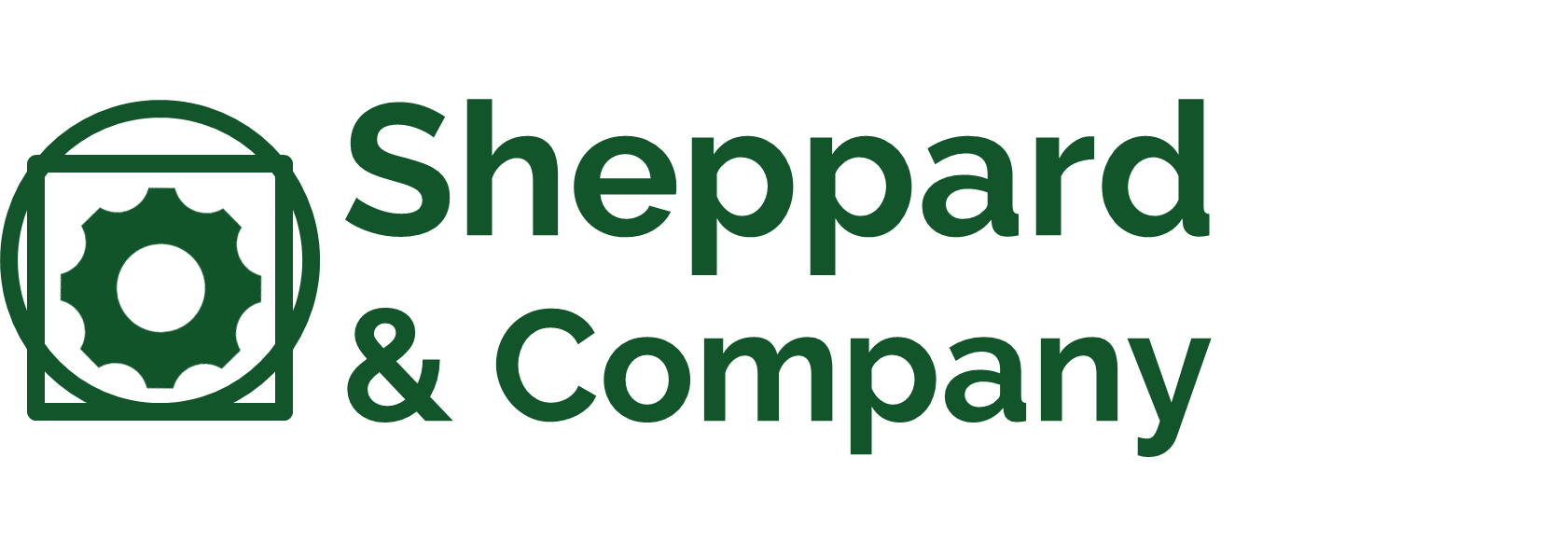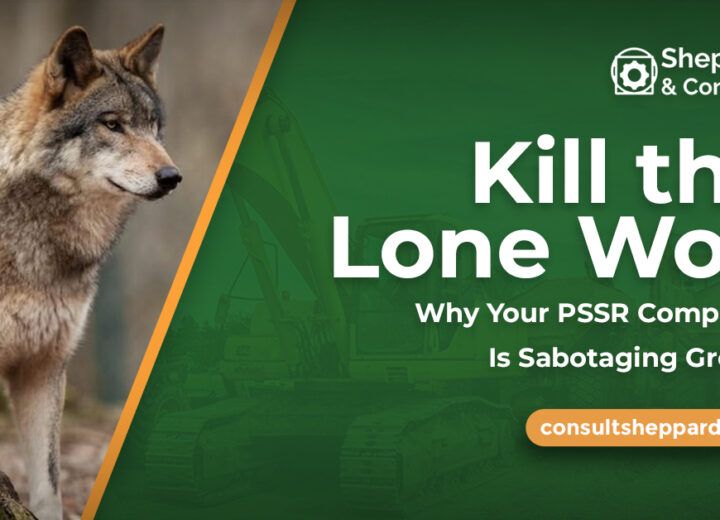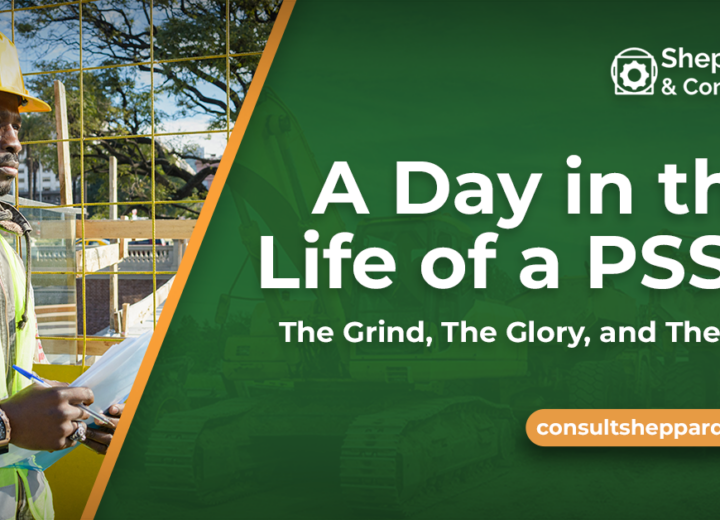On the surface, your dealership culture might look great. Everyone gets along. Meetings are smooth. People don’t argue. There’s “alignment” in the leadership team.
But a culture that feels comfortable on the inside can be quietly destroying your competitiveness on the outside. I see this weekly when working with dealers who claim to have an amazing culture, yet their results don’t even meet the threshold for “turnaround performance.”
In a book I read earlier this year, Originals: How Non-Conformists Move the World, Adam Grant explains how organizations naturally become more homogenous over time. It’s rarely intentional. Leaders simply tend to hire people who think like they do, share their values, and approach problems in similar ways. In the early years, this can make execution easier. But over time, it strips the organization of the very diversity of thought that drives innovation and adaptation.

The “Sameness” Problem
Grant cites research showing that as companies grow, they become echo chambers. Leaders talk about wanting “cultural fit,” but in practice, this often means “someone who already thinks like us.” Even worse, those who don’t “fit” are subtly discouraged from staying, so the team grows increasingly alike in worldview, background, and decision-making style.
Maybe that’s what you’re after. A homogenous culture might sound nice because, after all, fewer disagreements mean faster consensus in a harmonious workplace. But here’s the problem. The moment the market shifts, the economy swallows another tariff pill, or customer needs change, your team is ill-equipped to challenge its own assumptions.
In dealerships, this shows up in dangerous ways:
- Service departments that continue scheduling work “the way we’ve always done it” even as customers demand faster turnaround.
- Sales teams that keep selling the same product bundles because “our customers don’t want anything else” without realizing competitors are already offering new solutions. I hear more times than I can count, “that customer will never buy an extended warranty or periodic maintenance contract or rotator bucket.” Well, did you ask?
- Leadership teams that dismiss digital tools or remote diagnostics because “our customers like it face-to-face,” while younger buyers and fleet managers are quietly moving to tech-forward providers. This is becoming particularly apparent in the AI age, where dealers who are quick to adopt tools like Chat GPT, Claude, and other LLMs realize substantial productivity gains, increased close rates, and improved customer retention due to a tailored experience for each buyer.
When everyone sees the world the same way, no one sees the disruption coming until it’s too late.
Here’s the Dangerous Cycle and Why It Hurts You
1. Leaders hire and promote people who share their worldview.
It’s human nature to want to work with people who “get” you. But if your leadership bench all came from the same OEM background, worked in the same competitor dealerships, or rose through the same internal ladder, you’re getting the same problem-solving approach on repeat.
A dealer principal I know admitted that his whole leadership team was made up of former sales managers from the same brand. “We know each other’s playbook inside out,” he said, then wondered why they couldn’t come up with a new way to solve their poor participation and closure rates.
2. New hires quickly learn what’s “acceptable” to say (and what’s not).
Even if you say “We want new ideas”, people pay more attention to how you respond than what you say.
In one branch I visited earlier this year, a newly hired service manager proposed a customer text-alert system for job updates. The idea was met with silence and quickly dropped from the agenda. It never came up again. Not because it was a bad idea, but because the team had already decided customers “wouldn’t want it.” Six months later, a competive dealer rolled out a similar program and started poaching high-value customers.
3. People stop bringing forward challenging ideas.
Once the culture stops rewarding challenge, it becomes like an unused muscle; it atrophies. Nobody asks “Why are we still doing it this way?” Over time, this creates a false sense of security. The problem is that your competitors are asking those questions. They’re redesigning service processes, experimenting with subscription models, and integrating digital service scheduling while you’re still working from the same whiteboard you’ve used for a decade.
Why This Matters Right Now
There’s always been a need for innovation in the dealership world, but the urgency is higher than ever for three reasons:
1. Customer expectations are evolving at an accelerated pace
Dealership customers, especially fleet managers and large contractors, are being influenced by Amazon, Uber, and other industries that provide instant information, seamless transactions, and proactive updates. A culture that says “that’s not how this industry works” will lose to one that says “let’s find a way to make that work here.”
2. The competitive landscape is shifting
You’re no longer just competing with other local dealers. You’re competing with regional mega-dealers, OEM direct-to-customer initiatives, and tech-driven service providers. Many of them are building agility into their culture from day one.
3. Talent is watching
Younger, high-potential employees want to contribute ideas and see them acted on. If they feel stifled, they won’t wait years for change. They’ll leave for a dealership (or another industry) where they can make an impact.
Here are three actions you can take to break the cycle and strengthen the fabric of your dealership culture.
1. Audit Your Hiring for “Sameness”
Go back and review your last 10 hires. How similar are they in background, personality, and career path? If they all look and think like your current team, you’ve likely been reinforcing the echo chamber.
Build interview questions that surface how candidates think, not just whether they fit in. For example: “Tell me about a time you challenged an industry norm. What happened?” Add someone from outside your immediate team (or even outside your dealership) to the hiring panel to spot blind spots you can’t see.
2. Reward the Right Kind of Dissent
Dissent doesn’t have to mean conflict. It means surfacing different perspectives before decisions are finalized. The key is to reward it visibly.
At one dealer group, I witnessed a GM saying on “I’m glad you brought that up, it made us think twice,” when someone challenged an assumption about the type of customer the dealer identified as their ideal target (too much time spent elephant hunting) in a meeting. Over time, that one phrase shifted the culture from polite agreement to constructive debate. Even if you don’t act on every new idea, valuing it keeps the creative pipeline alive.
3. Rotate Perspectives
Fresh eyes see what you’ve stopped noticing. Invite voices from outside your leadership bubble. Customers, frontline technicians, and supplier reps should share unfiltered feedback.
Ride along with a salesperson for a day. Sit in on a customer’s planning meeting. Bring in a younger tech to demo a digital tool they use in their personal life and brainstorm how it could improve your service process.
One dealer principal I know discovered his “bulletproof” warranty claims process was frustrating customers simply because he shadowed a parts counter interaction for 20 minutes (the parts advisor called each OEM for preapproval before submitting a warranty claim).
The Real Risk of Comfort
The dealerships that thrive over the next decade won’t be the ones that have the most harmonious leadership teams. They’ll be the ones who make room for the uncomfortable conversations.
They’ll encourage smart, respectful friction. They’ll invite people who challenge sacred cows. They’ll avoid the trap Adam Grant warns about: the slow drift into a culture where everyone thinks alike and innovation withers.
In other words: stop hiring just for cultural fit. Start hiring for cultural stretch. Because the market isn’t waiting for you to catch up, and your customers aren’t either.
If your dealership culture feels safe, smooth, and always in agreement, you may not have a culture of strength; you may have a culture of stagnation. And in this market, that’s the fastest way to lose.





